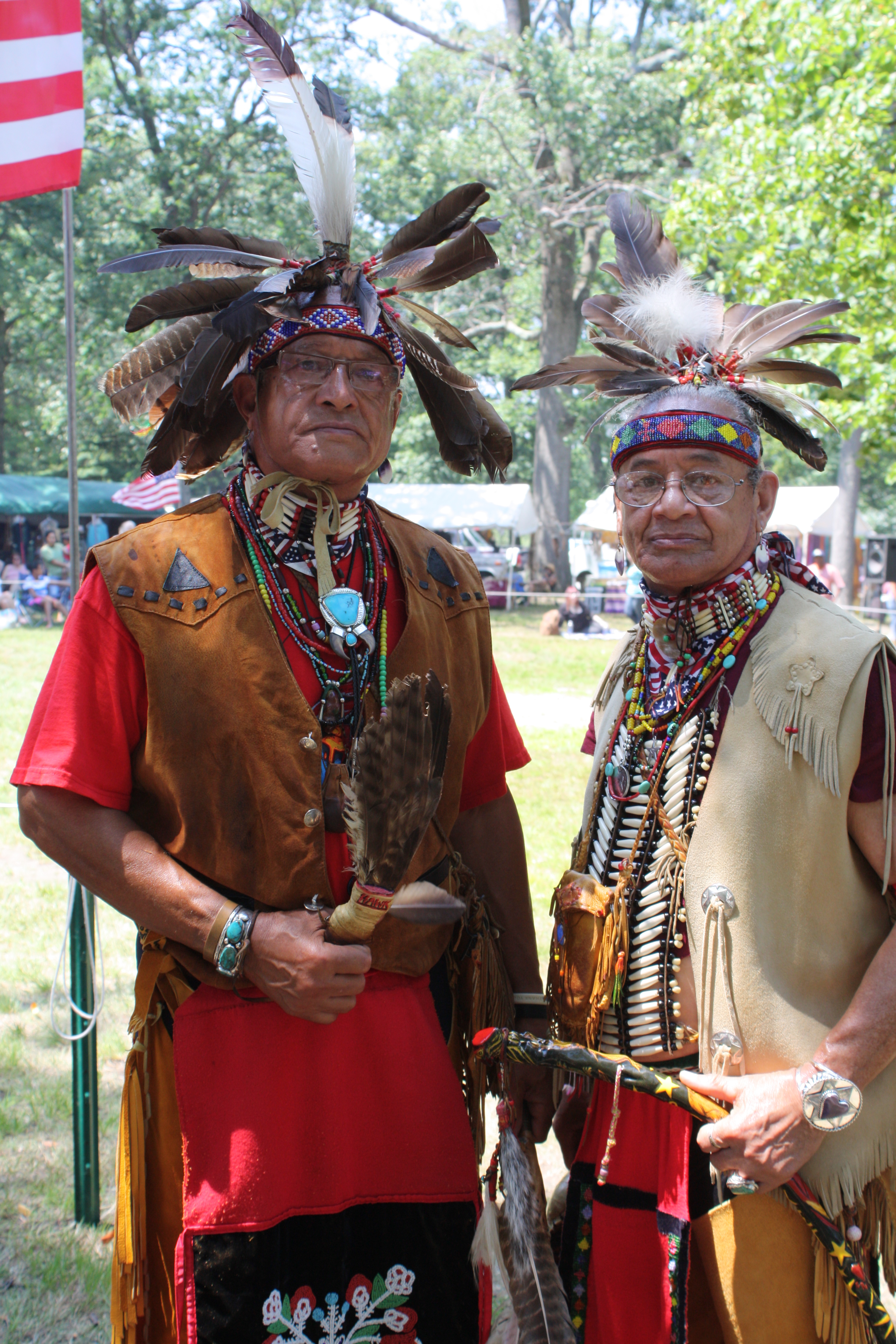Since the drafting of the U.S. Constitution, American Indians were in a unique spot. Article 1 of the Constitution stated that “Indians not taxed” do not fall under the voting population of America.
American Indians were also part of the Dred Scott decision of 1857. The Dred Scott decision was a ruling by the U.S. Supreme Court that declared that living in free territory did not entitle Dred Scott, an enslaved person, to his freedom. However, in July 1868, the 14th Amendment overturned the Dred Scott decision and made anyone born the U.S. citizens equal protection and process under American law. And yet, interpretations of this amendment excluded American Indians from U.S. citizenship.

The 1870 census showed that the estimated population of American Indians was more than the population of five states and 10 territories, yet 92% of the American Indians were not legible citizens. It was the Dawes Act of 1887 that gave conditioned citizenship to American Indians.
Before the Civil War, citizenship was limited to those American Indians who had less Indian blood. During the Reconstruction period, granting of citizenship to American Indian tribes was sought after by the Republicans in Congress. In 1888, American Indian women who married U.S. citizens were given citizenship. The American Indian WWI veterans got their citizenship in 1919.
Finally, it was in 1924 that all American Indians were conferred with U.S. citizenship as a result of the Indian Citizenship Act. During this time, almost 125,000 out of an estimated 300,000 of the American Indian population did not have citizenship.
In 1944, The National Congress of American Indians (NCAI) is founded and many American Indian men, as well as women, attend its conference from all over the U.S. In 1954, President Dwight D. Eisenhower signs the Indian Health Transfer Act, which establishes the Indian Health Service that focuses on providing public healthcare services to American Indians.
According to nationaltoday.com. Source of photos: internet








